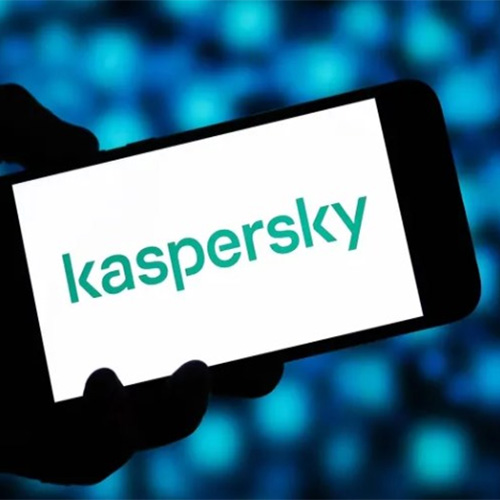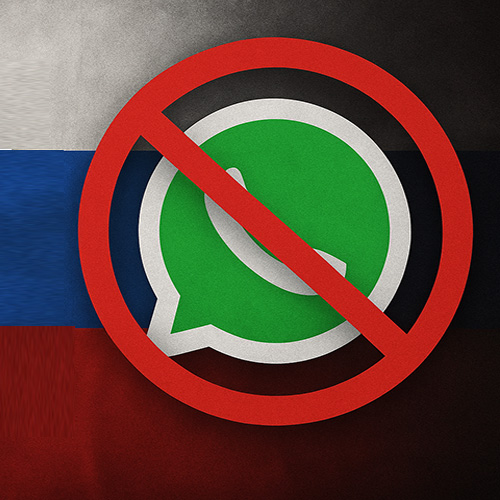Data Center

HP has reported its worldwide blade server supremacy over its rivals. As per IDC, Q4 CY 2006 server market figure estimate, HP has garnered a factory revenue share of 41.9 per cent and 40.0 per cent in terms of units, which is more than ten times the growth of IBM in units and revenue year-over-year. Not only this, HP also has garnered 31.6-per cent market share in the overall worldwide server market in the same quarter, making HP leader for 19 consecutive quarters.
Mark Hudson, Vice-President – Marketing, Enterprise Storage and Servers, HP, completely attributes its success to its latest achievements in the Blade Server space. The core to the newly-launched Blade Server programme is the BladeSystem c-Class Chassis (HP BladeSystem c7000 Enclosure), which provides a consolidated worry-free, power-efficient, simple and easy to manage solution for integrating server, storage, networking in a single box. In the heart of the chassis sits HP Virtual Connect architecture. This breakthrough innovation simplifies LAN and SAN connections and makes IT “change ready”. By reducing cables without adding managed switches and cleanly separating the management of server enclosures from LAN and SAN management, the modules allow administrators to quickly and easily add or remove servers without disrupting business.
The beauty of this 10U high c-Class Chassis is that it can support up to 16 Half-Height multi-core, dual-processor c-Class Blades or 8 Full-Height c-Class Blades, or a mix of half and full-height blades. In comparison to HP p-Class Chassis, it is bigger in size.
The c7000 Enclosure has eight interconnect bays, up to 10 fans, up to six power supplies and two administrator systems. It supports Ethernet, Fibre and InfiniBand connectivity. Secondly, the biggest advantage is a single chassis can perform as your server, network and storage hub. One can put in Storage Work Blades and can turn the server a Storage System.
With Virtual Connect Architecture, the advantage is one just need to wire it once and walk away. Later, if need be, add and replace the blades and applications on the fly. The process is very simple. One needs to coordinate with the LAN, SAN and server team and physically connect to the Virtual Server Connect module. Then, he needs to define MAC and IP address. With this, the system is ready. It is as transparent and as easy as that. One can integrate the industry standard platforms or brands seamlessly, including Cisco, Brocade, Nortel, etc. All interconnect options are hot-pluggable and can be deployed in pairs for full redundancy. The net result is that it definitely increases the responsiveness of the IT force. This capability can further be attributed to the collaboration of QLogic with HP last month for HP’s Virtual Connect Architecture. QLogic is the leader in SAN connectivity for bladed servers.
Hudson says, “With this chassis, we help customers to protect their investment because HP C-class blade servers are adaptable to any change as it is flexible and energy efficient, simple, faster and consistent.” He added, “In June, we started the initiative of blade everything, virtualize everything and control everything.”
Under the HP blade solution builder programme, nearly 225 members, representation disparate technology groups including server, networking and storage, security had worked to bring out this wonderful solution.
 Tony Parkinson, Vice-President & General Manager – Industry Standard Servers, Asia, Pacific and Japan, HP, says, “The biggest advantage is the HP Dynamic Smart Cooling technology coming from“HP LAB and which is actually driving this technology. We have tested it in our 58 data centres across the world. This system seating on the chassis, talks to the air conditioners and can save up to 40-per cent energy.”
Tony Parkinson, Vice-President & General Manager – Industry Standard Servers, Asia, Pacific and Japan, HP, says, “The biggest advantage is the HP Dynamic Smart Cooling technology coming from“HP LAB and which is actually driving this technology. We have tested it in our 58 data centres across the world. This system seating on the chassis, talks to the air conditioners and can save up to 40-per cent energy.” Talking in this context to India, Tony says, “This helps to address a plethora of customers in the small office to branch office to the data centres and help manage the business efficiently. So, mid-tier customer can also implement c-Cass Blade System, but the challenge in India is to find skilled people in smaller cities and their understanding of the blade technology.”
He adds,”“In the comparison with our competition, we are better than them in terms of technology value because we have HP Virtual Connect Technology, which they do not have.”
Finally…
HP has also been named as the leader in x86 server market for 42 consecutive quarters. The company owes to its ProLiant family of servers for the success, which now is available with Intel Xeon quad-core processors. In the HPC market, HP was No. 1 in revenue for 2006, with 33-per cent market share, and surpassed industry revenue growth by nearly two times with 16.7-per cent year-over-year growth. HP also holds the No. 1 position in the EPIC/Itanium market segment in both factory revenue and units shipped, showing 82.2-per cent and 69.2-per cent year-over-year growth, respectively, in the fourth quarter. The growth was driven by solid market acceptance of the HP Integrity family of servers with Intel Itanium 2 “Montecito” processors. HP also continues to be the world’s No. 1 Linux server vendor, growing more than twice as fast as the market in both revenue and units shipped and holding more than 33-per cent revenue and unit market share in the fourth quarter. Expressing satisfaction, Mark Hudson says, “We will continue to deliver innovation across our entire server portfolio and provide customers with a superior IT infrastructure that helps them drive business growth and lower costs.”
See What’s Next in Tech With the Fast Forward Newsletter
SECURITY
Tweets From @varindiamag
Nothing to see here - yet
When they Tweet, their Tweets will show up here.





























